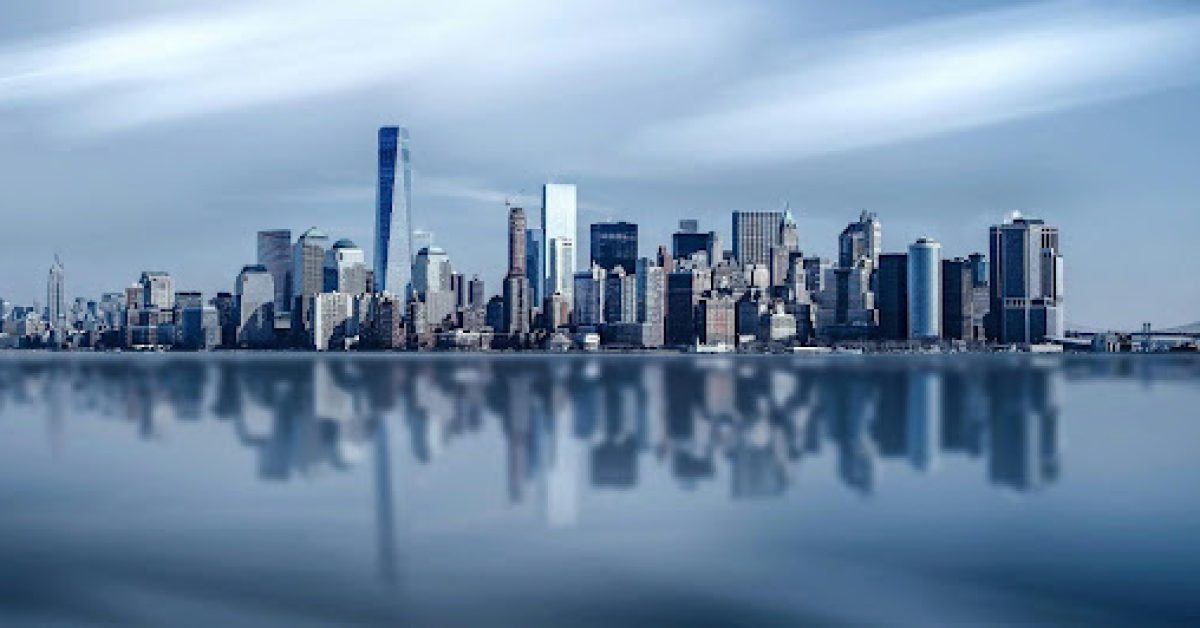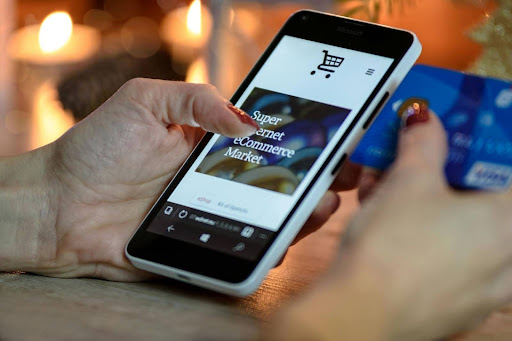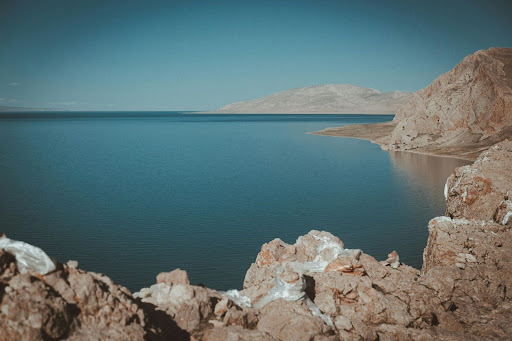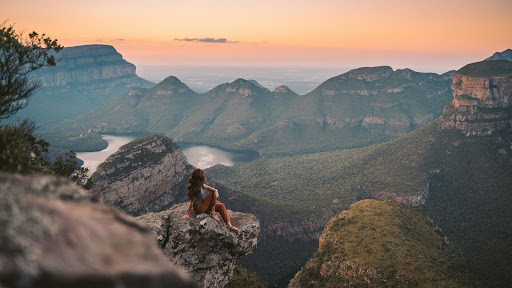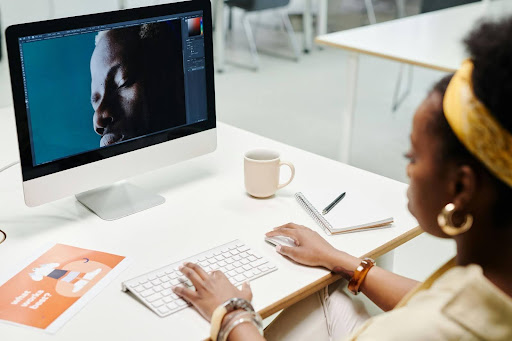In today’s digital world, immersive visuals are becoming essential—and panoramas offer one of the most engaging experiences available. This growing need has made 360 Degrees Panorama Creation in the USA increasingly popular, whether it’s used to showcase stunning landscapes or offer virtual tours of real estate. With this technique, viewers can explore an environment in every direction, creating the feeling of truly being there. So, how does this technology work, and why is it capturing so much attention?
Let’s explore it through a simple and complete guide that walks through the process, tools, and real-world uses of panoramic creation—without diving too deep into technicalities.
Why It’s Not Just a Wide Shot
Most people assume that panoramic photography is just about capturing a wider view. But 360 Degrees Panorama Creation is about far more than extending a frame. It requires a systematic approach, where a series of overlapping images are taken from a single point, ensuring that every direction—up, down, and all around—is covered. These images are then stitched together using advanced software to form a seamless, navigable sphere.
This is not only used in the field of photography but is also making waves in industries like travel, real estate, education, and retail. For example, real estate agents use it to create virtual walk-throughs of homes, giving potential buyers an in-depth feel of the property. Museums and cultural centers employ the technique to offer online visitors immersive experiences of exhibitions. Even restaurants and hotels have begun offering 360-degree views of their ambiance to attract more customers.
Capturing Atmosphere, Not Just Space
One of the unique features of panoramic creation is that it captures the mood and personality of a place. A still image may give you the layout of a room, but a 360-degree image brings that room to life. You can feel the lighting, sense the spatial arrangement, and even notice small details like a wall painting or a textured rug—all without physically being there.
This depth of experience is particularly valuable for branding. Businesses that use immersive imagery are often seen as more innovative and trustworthy. It suggests transparency; nothing is hidden. And for audiences that are increasingly relying on online research before making a purchase or booking, this kind of experience helps in making quicker and more confident decisions.
The technical aspect, while complex in the background, is becoming increasingly user-friendly. Many companies offer automated rigs and smart camera systems that simplify the capture process. Meanwhile, stitching software is improving, making the job easier even for those who are new to the craft. The challenge now lies more in creative direction—deciding what to capture, how to frame it, and how to present it.
From Experiment to Essential
Not long ago, 360 Degrees Panorama Creation was considered a niche hobby or an experimental tech trend. Today, it’s quickly becoming essential, especially in the marketing and creative industries. The evolution has been driven by improved internet speeds, better mobile devices, and more intuitive viewing platforms. Social media platforms like Facebook and YouTube even support panoramic and VR content now, further pushing its relevance.
Another interesting trend is the shift from static panoramas to interactive ones. Viewers don’t just look; they click, zoom, and explore. That’s why businesses, artists, and educators are embracing this technology—not only to showcase a location or object, but also to tell a story. A well-designed 360-degree tour can guide a user through a sequence, reveal hotspots with information, and engage multiple senses simultaneously.
And it’s not just for marketing. Educational institutions are adopting it for virtual field trips. Event organizers use it to offer previews of venues. Even architects use panoramic shots to document their work at different stages. As the applications expand, so does the creative potential.
Where Quality Meets Possibility
In the end, what makes a 360-degree panorama stand out is not just the technical setup, but the vision behind it. This isn’t about adding a cool visual to a website. It’s about creating an experience. Done right, it can influence decisions, enhance brand identity, and open new dimensions of interaction.
But like all creative services, quality matters. An unsteady hand, poor lighting, or misaligned stitching can ruin the effect. That’s why many professionals and businesses in the USA are turning to experienced editing teams who understand the craft and have the tools to refine the raw input into something polished and engaging.
From e-commerce and tourism to education and entertainment, the reach of 360 Degrees Panorama Creation is only growing. And as new tools continue to make the process more accessible, we’re likely to see even more inventive uses in the near future.
A Fresh Lens on Tomorrow’s Visual Storytelling
Immersive content is not just a passing trend—it’s reshaping how we view, interact, and connect with the world. Whether it’s helping a traveler explore a distant destination or letting a student walk through an ancient temple without leaving the classroom, 360-degree panoramas are turning imagination into experience.
For those looking to step into this exciting medium, there’s never been a better time. With the right support and a clear creative vision, anyone can unlock the potential of this powerful storytelling format.
This growing shift in visual culture is something that Offshore Photo Editing continues to observe and contribute to. You can explore more about their offerings at Offshore Photo Editing, where immersive editing meets storytelling innovation.


